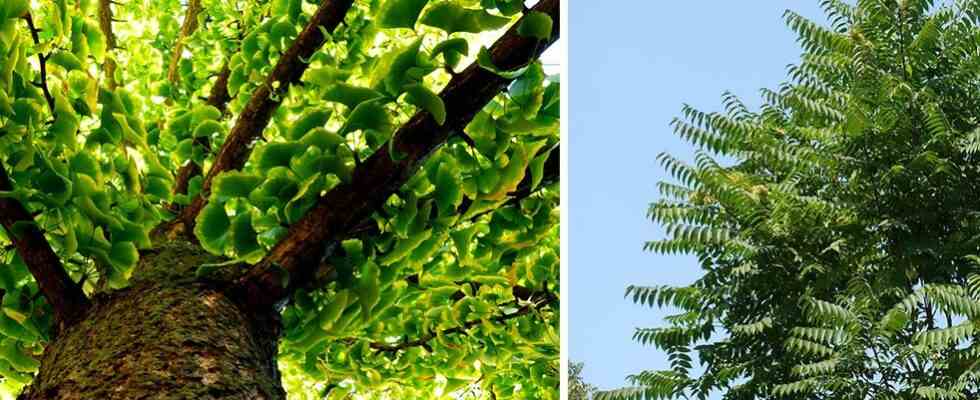Why avoid planting certain trees near a house
Several reasons for this:
- Trees with a very spreading habit may end up having their branches rubbing against the roof or walls.
- Some trees will drop leaves, thorns, faded flowers, fruits, etc. in the gutters which risks clogging them without regular maintenance.
- The problem of roots of some trees which, greedy in water, go drain the ground around the foundation of the house, which can cause problems.
- In the case of trees with very fine fibrous roots, these take advantage of the small holes they can find in the pipes to insinuate themselves into them and develop and branch out there until they sometimes clog them.
- Some trees have less wind resistance. On days when it blows very hard, branches can break with all the consequences that this can have.
- The pollen production of certain trees can quickly become a problem for allergy sufferers if the tree is planted too close to the house.
We present below a non-exhaustive list of trees to avoid planting near a house, whether for one of these reasons or for several combined.
The weeping willow
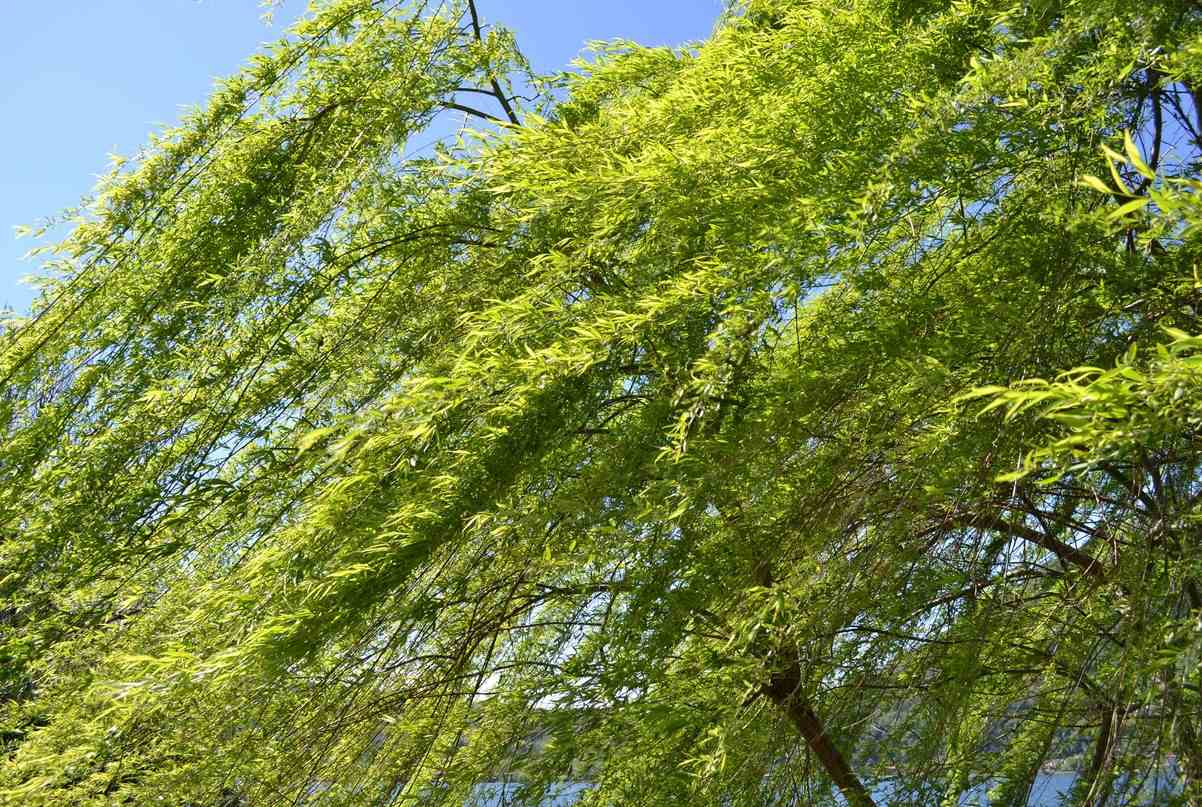
Although it is magnificent with its hanging habit, this tree is not recommended in a garden. It is the typical example of the problems that we mentioned above in relation to the roots of trees. Indeed, hungry for water, its powerful root system causes serious damage to irrigation pipes and sewers.
The magnolia

If the magnolia captivates with its magnificent flowering, it should not be planted near a house, because the hard wood of its branches can damage the wallseven the roof, and the fall of its faded leaves and flowers may clog the gutters.
silver maple
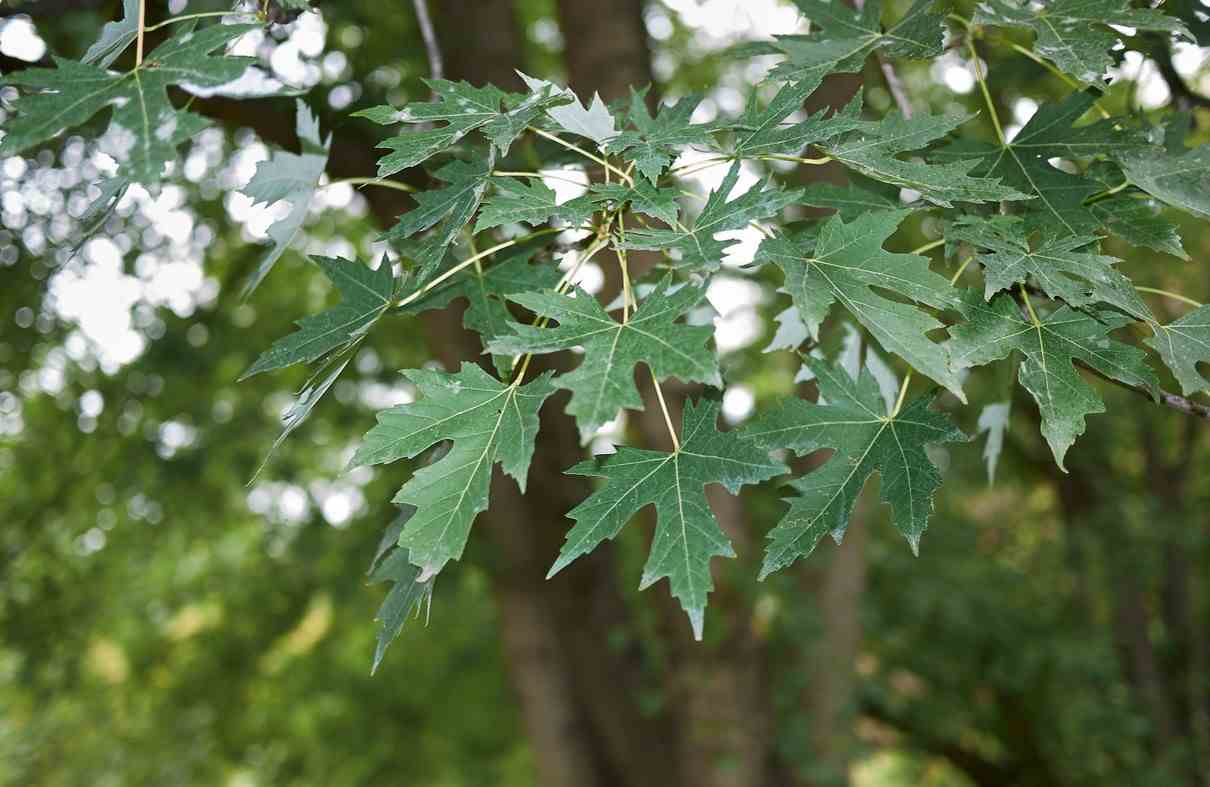
This tree combines the problems that make it a very bad candidate for planting near a house: it has the defect of growing very quickly, so quickly that its wood is of poor quality. It is one of those trees which, in strong winds, have branches that break easily. His deciduous foliage will not fail to invade the gutters in the fall. Finally, its root system is so anchored in the ground that it can cause damage to water pipes, but also asphalt.
eucalyptus
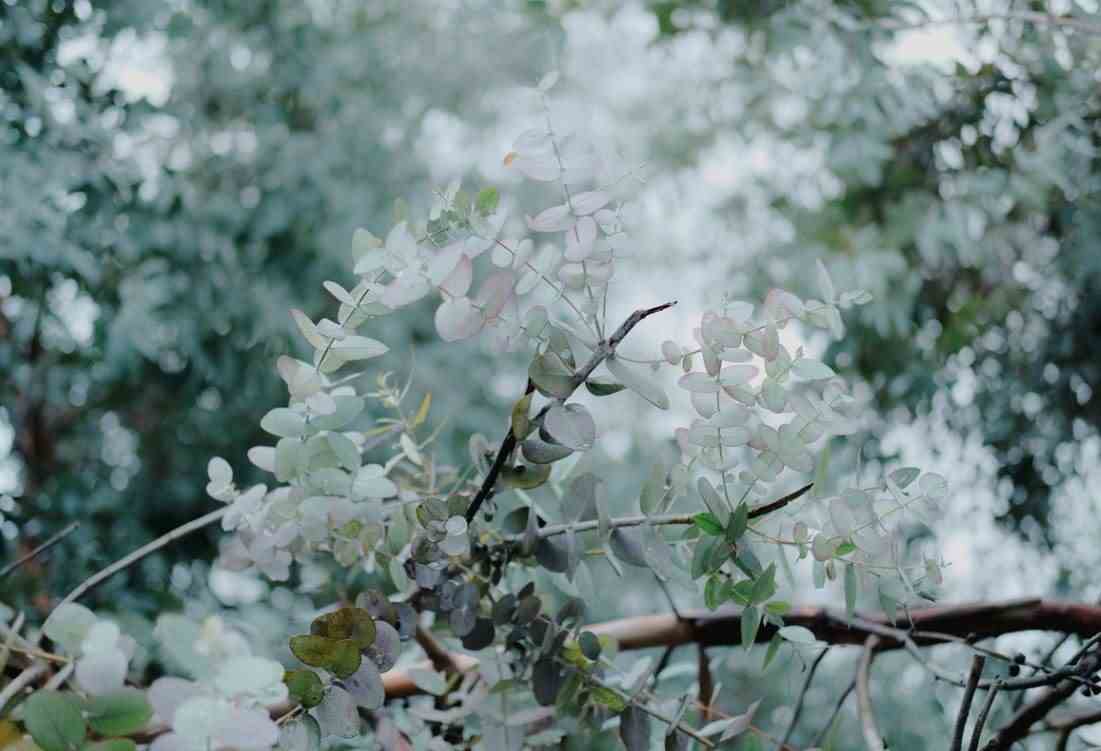
If these branches are very popular in bouquets or decoration for their aesthetic appearance, this tree is experiencing a dizzying growth spurt. So much so thatit then loses branches full of resin.
trembling aspen
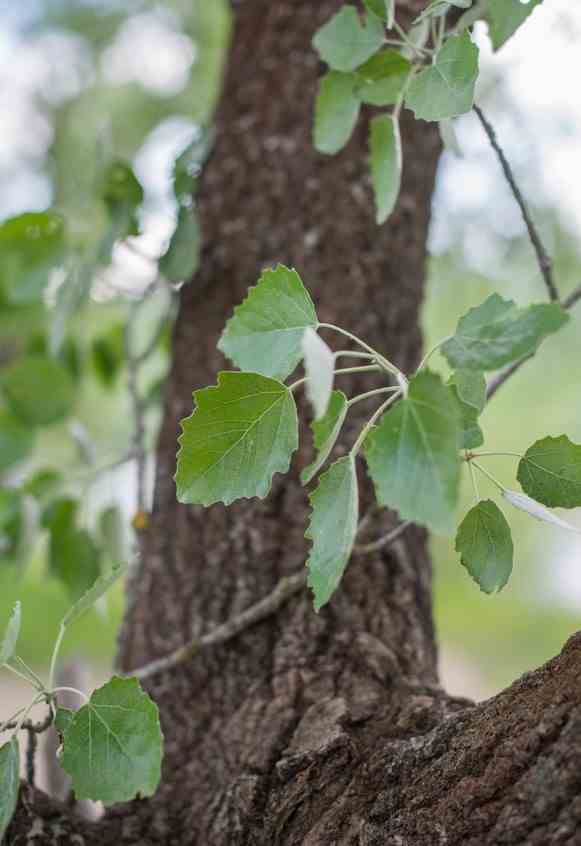
If this tree seduces with its white bark and quivering leaves, it is not always appreciable in a garden. Firstly, its growth is rapid, he will quickly overtake the roof of the house with all the consequences that entails. On the other hand, its roots tending to multiply, a very large number of young shoots will come out in your garden, but also in that of your nearest neighbor, which may not be to his liking.
the ailanth

Also called false varnish of Japan, this tree can attract by its leaves with the original shape and its colored fruits. Yes, but here it is, it’s a tree that grows very quickly, too quickly, which has a poisonous foliageof the brittle branches and which quickly becomes invasive, as it produces many suckers. Many reasons to refrain from planting it near a house!
The horse chestnut
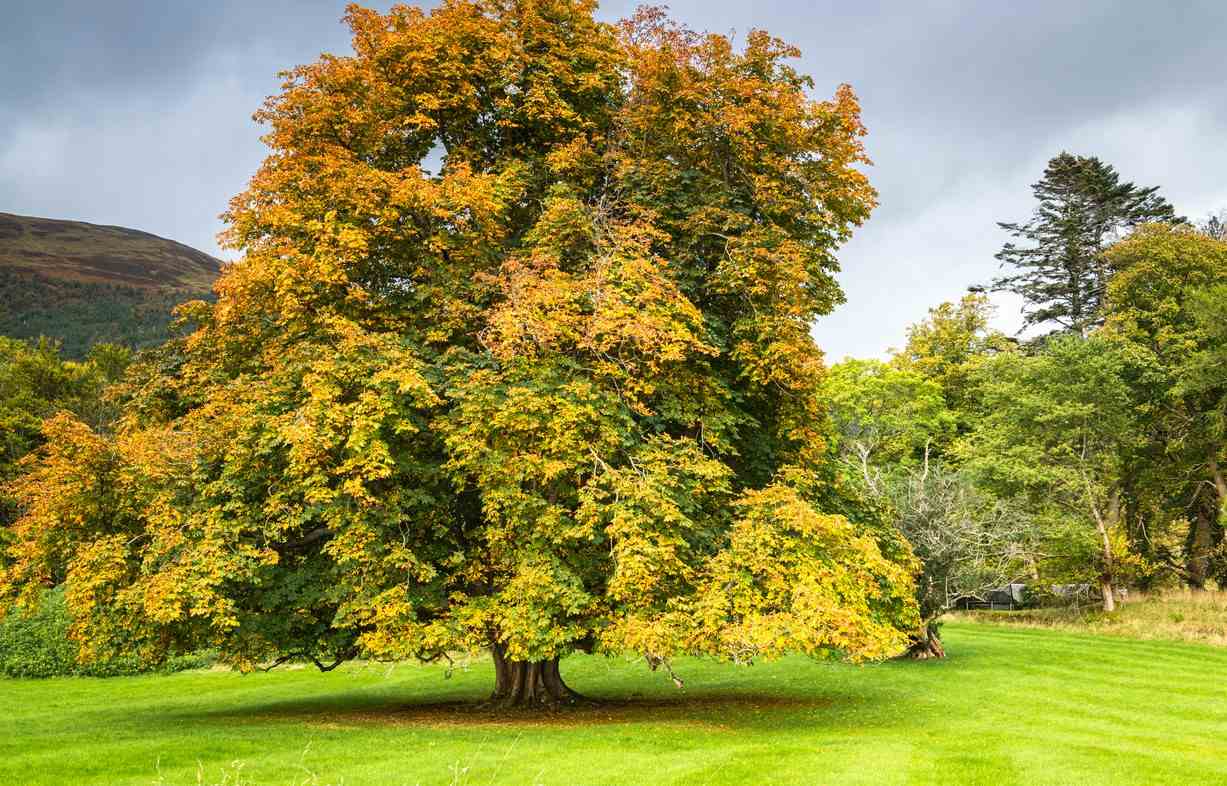
This tree is one of those whose the wood is fragile and which, consequently, have branches which break easily. In addition, not only will its leaves clutter the gutters, but also its fruits.
Chinese pear
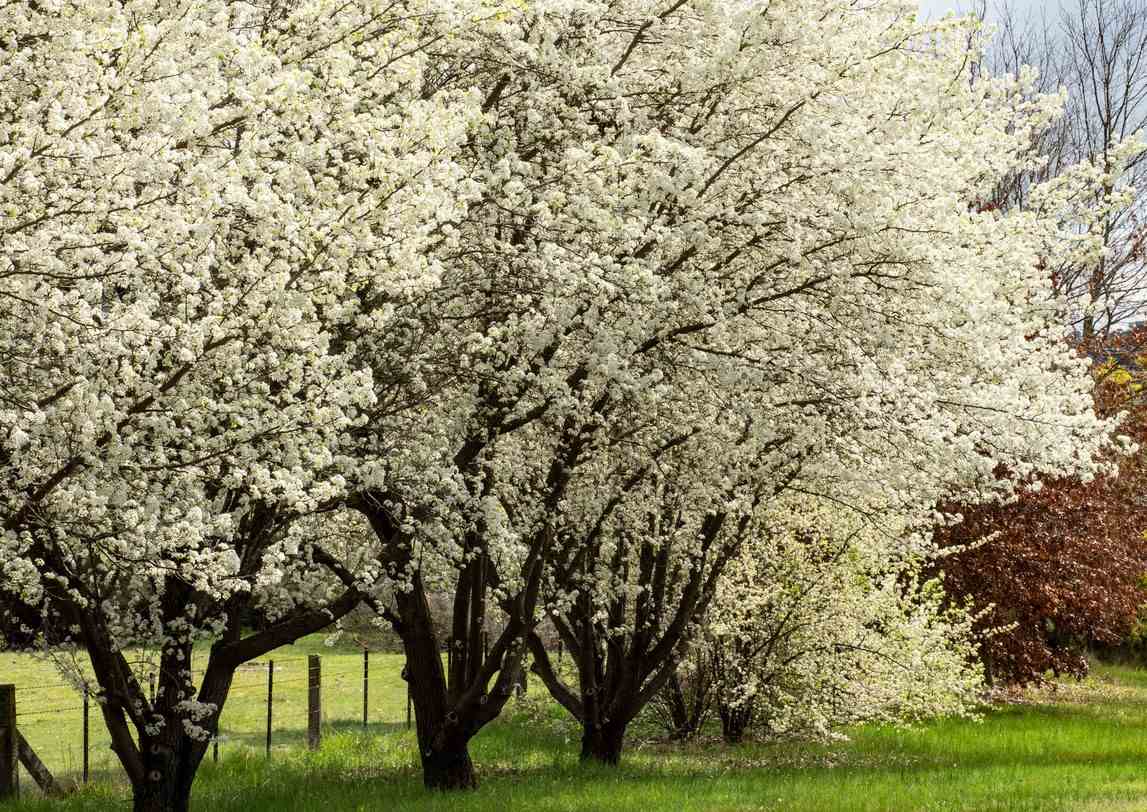
The reason that may encourage you not to plant this tree, which is very decorative, near a house is its very unpleasant smell. Indeed, at the time of its flowering, it releases an unbearable perfume.
Ginkgo biloba
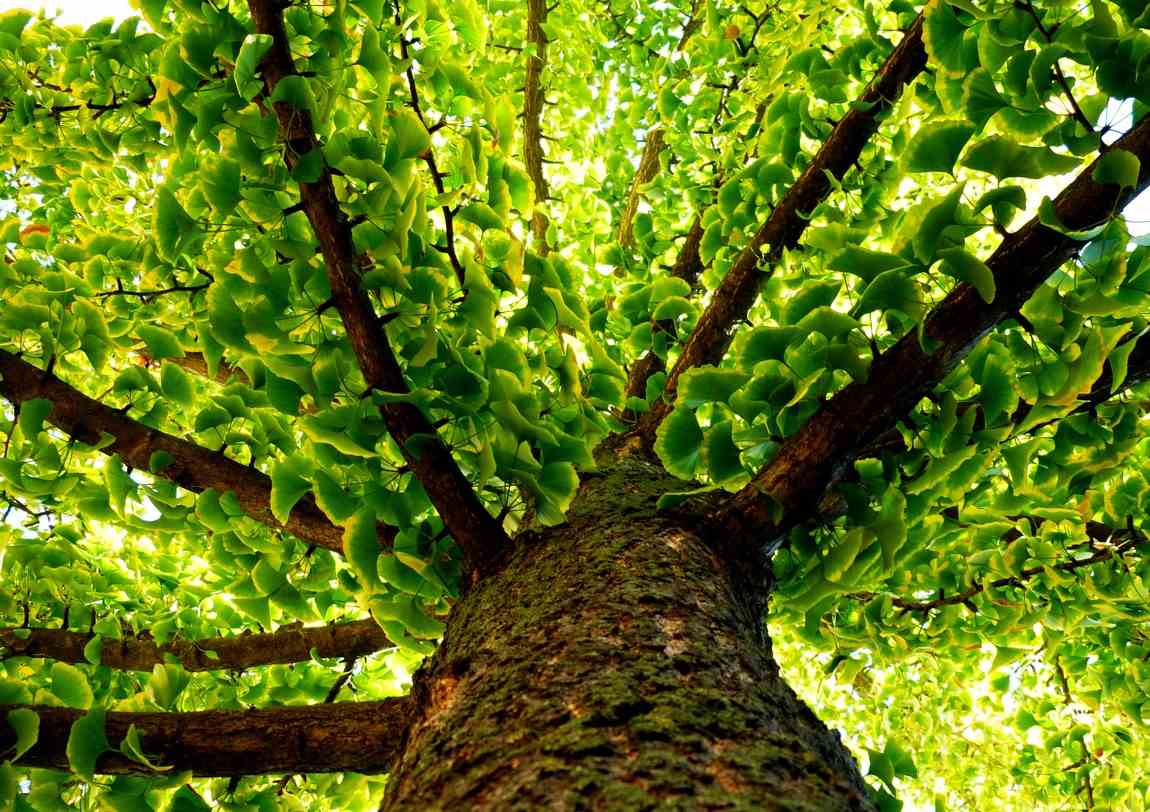
This ornamental tree, which is particularly decorative in the fall, can also pose an odor problem. Indeed, some species and more particularly the female trees give off a nauseating odor when the fruits of the tree begin to decompose.
American walnut
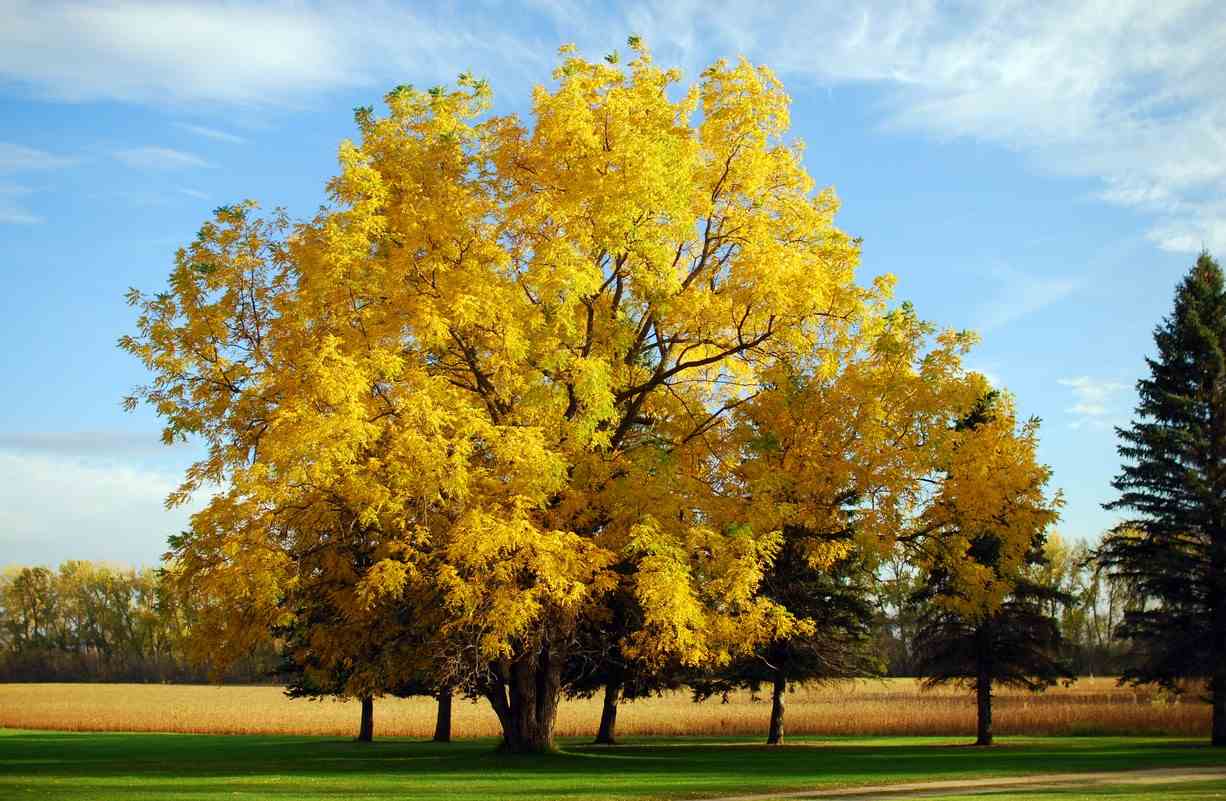
This tree has many negative points. The pollen it releases and its messy fruits can pass through, but in addition, it has a reputation for killing. Eh yes, it secretes toxins that prevent other plants from growing near it.
Italian poplar

This fast growing tree is also very susceptible to many diseases. Once attacked, it loses its presence. In addition, its invasive root system can cause damage to pipes.
alder
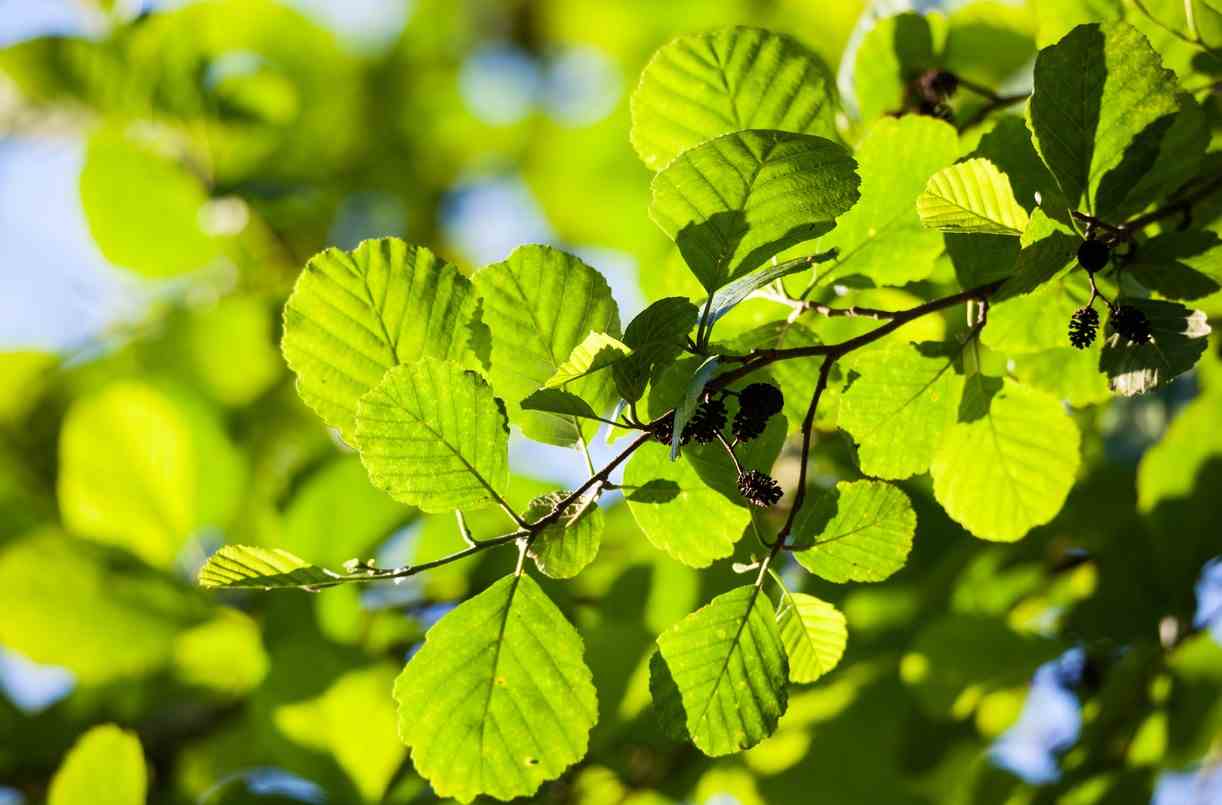
This tree is certainly very beautiful with its heart-shaped leaves, but it is not recommended to plant it near a house, because its very dense roots can interfere with the growth of other plantsor even your lawn, and can even come to your neighbor’s house.
prunus
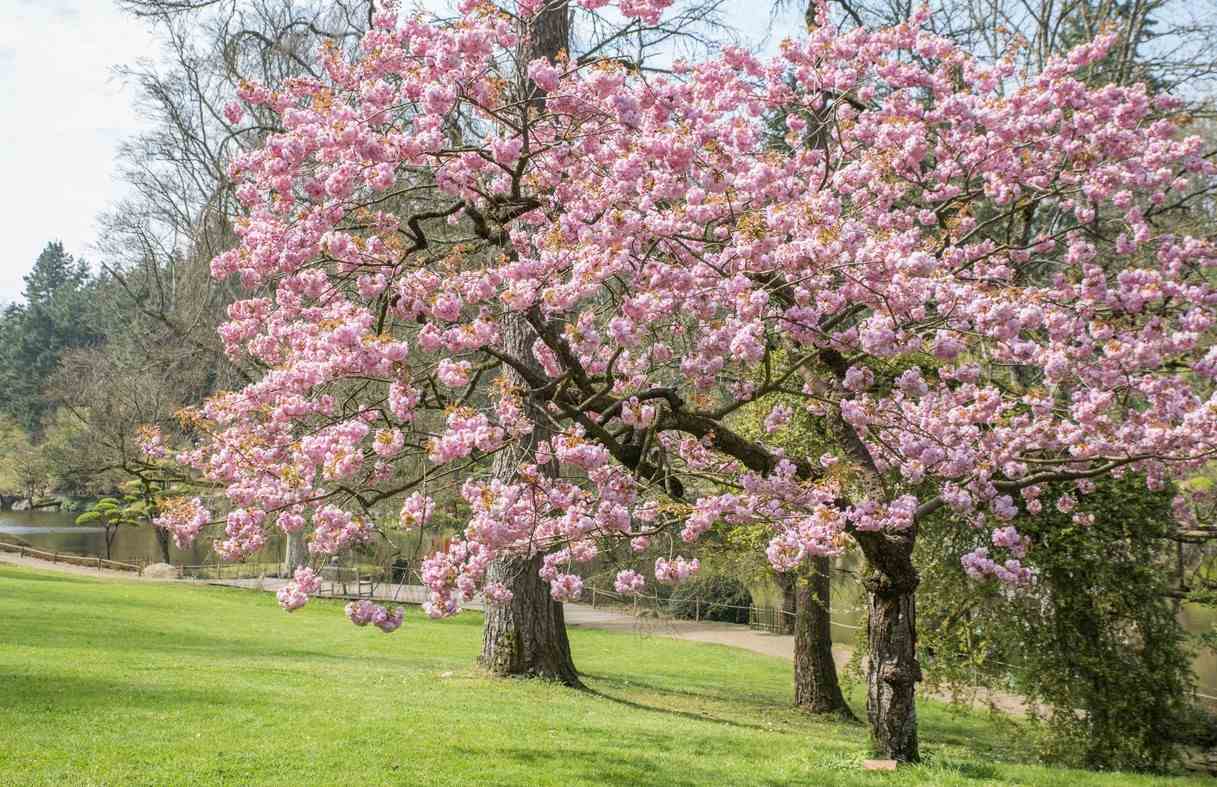
This tree, also called cherry blossomshould not be planted near septic tanks, drains or terraces, as its powerful roots could damage them.
elm

Like prunus, elm is characterized by large invasive roots which can cause significant damage.
acacia

It is also a tree that is not suitable for gardens because of the root density which can create damage near a vegetable garden, a terrace or a house.
The Oak
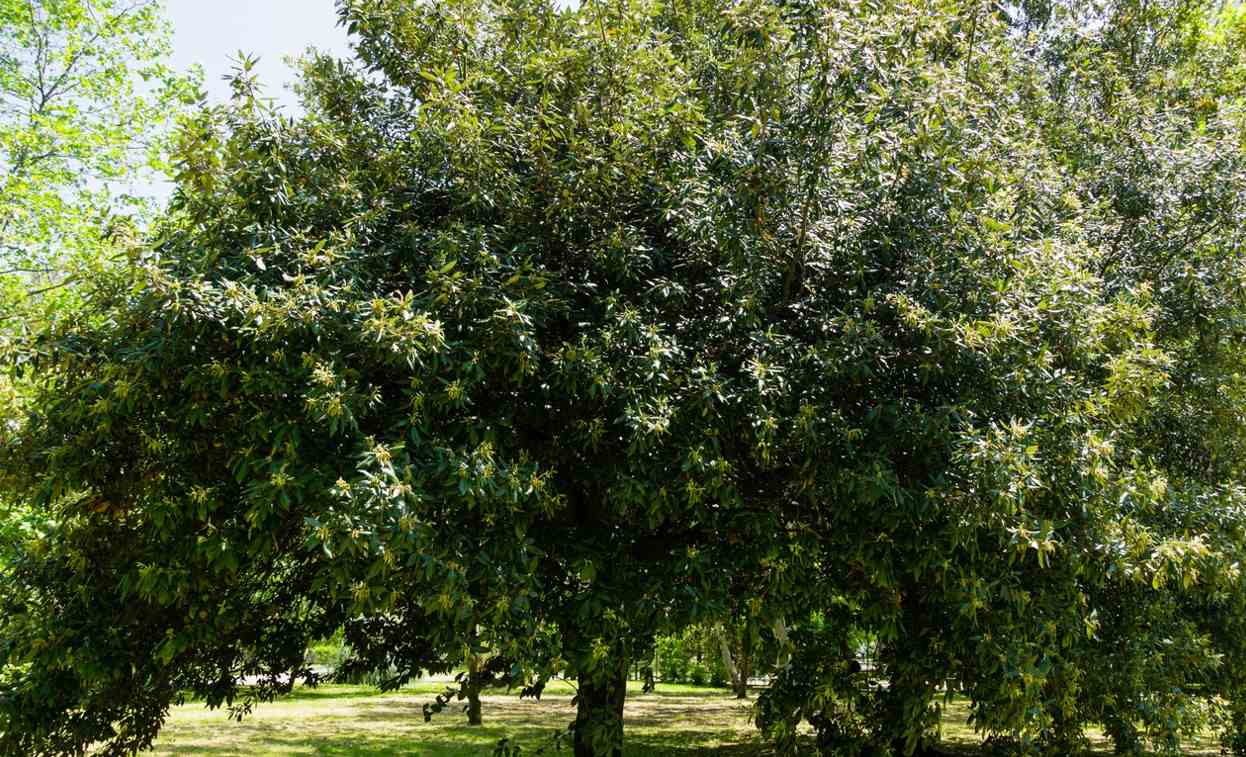
Majestic, it is characterized by very beautiful chiseled leaves and allows you to enjoy pleasant shade on sunny days, but planted near a house or a wall, it can raise the foundations.
cedar

If it allows you to quickly hide from prying eyes, this tree needs to be pruned on a regular basis. Without it, it quickly becomes too cumbersome. In addition, its roots will take up a lot of space in the soil.
The plane tree
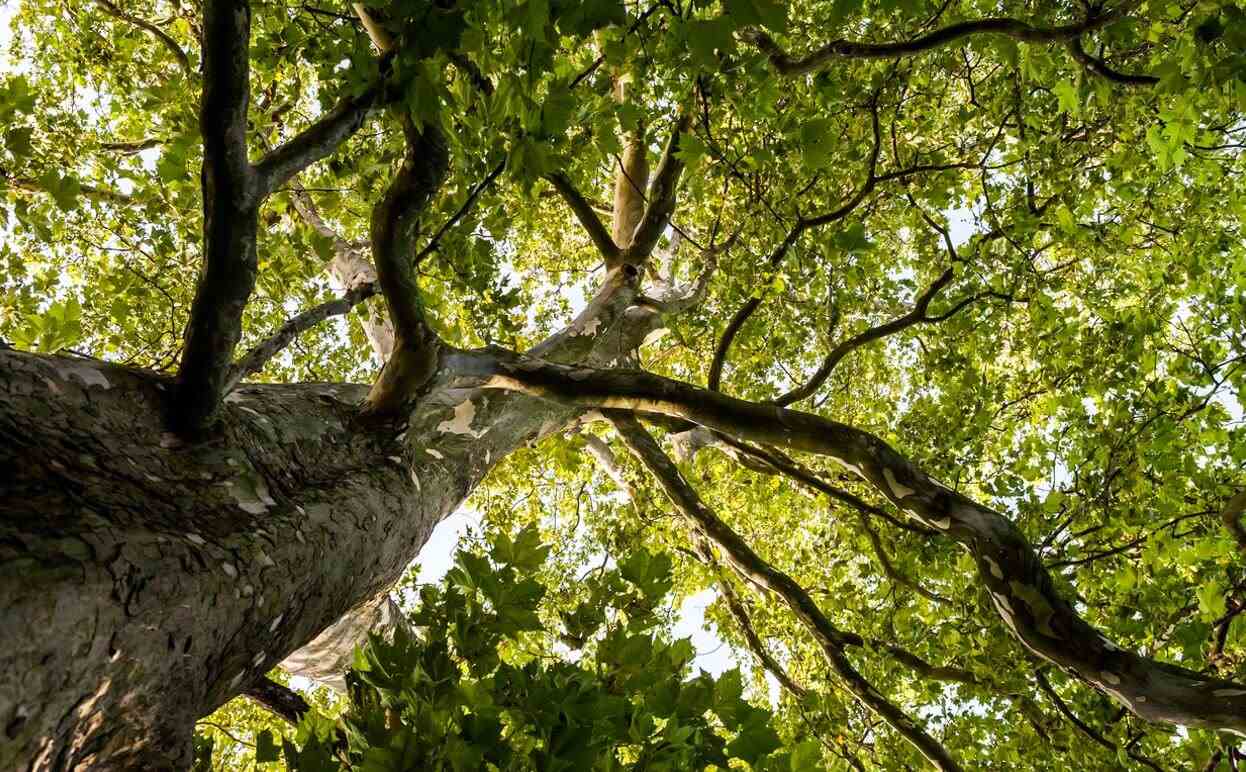
Planted near a house, this tree presents several dangers: as it produces a large amount of pollen between the end of March and the end of May, it can bother people with allergies. In addition, it is an imposing tree that will rise above the roof of the house, on which it will drop its leaves and twigs, which could end up clog the gutters.
ash

The ash is not an easy tree to live in gardens. And for good reason, it generates lots of pollen during the months of March and April making allergy sufferers suffer. In addition, it can be attacked by beetle insects, the emerald ash borer.
The Blueberry Cedar
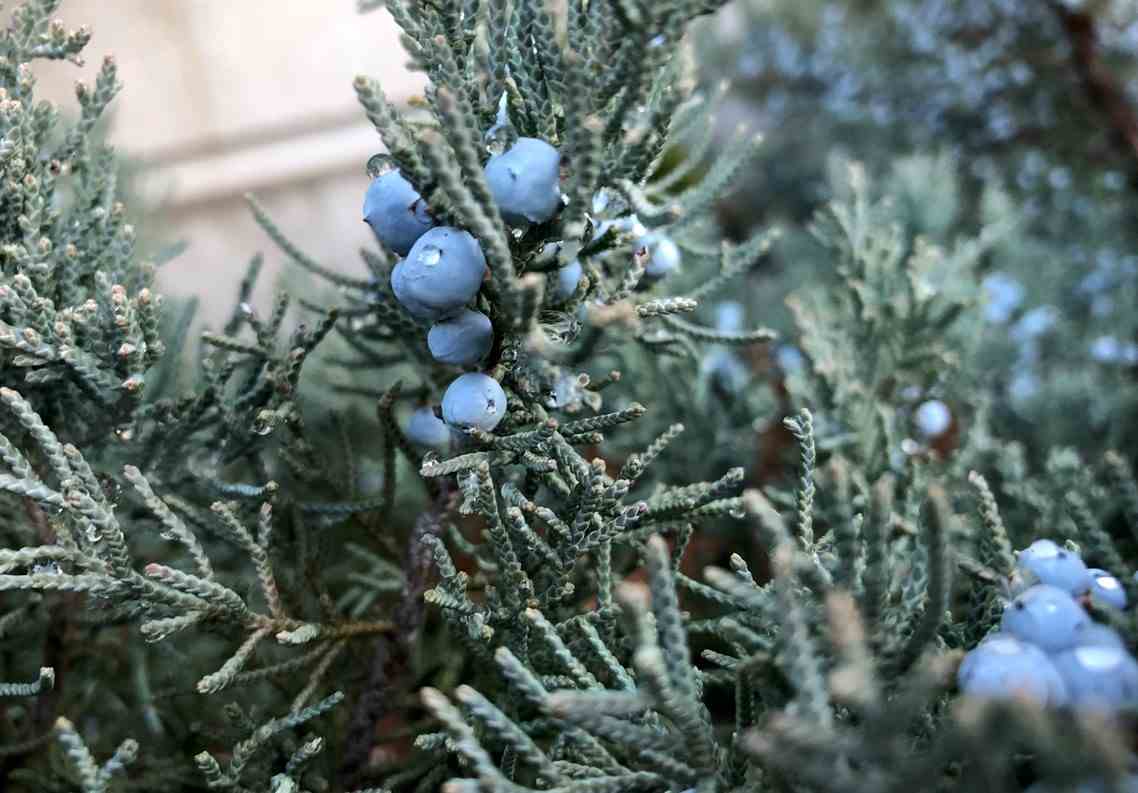
Like the ash, it is a tree that is not recommended in gardens because of the very large amount of pollen it releases at the end of winter. It is therefore very allergenic.
The tapa tree
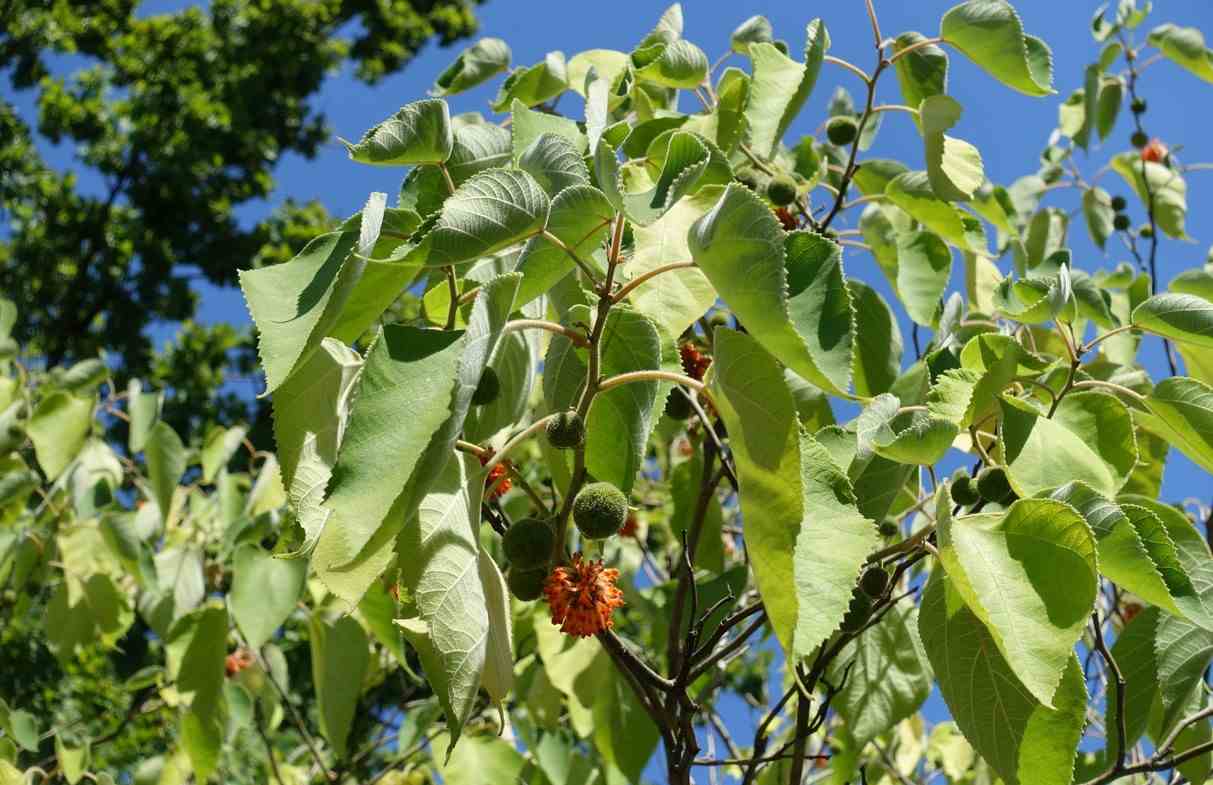
This tree is also one of the plants that can cause significant allergies in the spring.
The work

This tree is feared for its pollen. In the spring, it becomes a nightmare for allergy sufferers.

